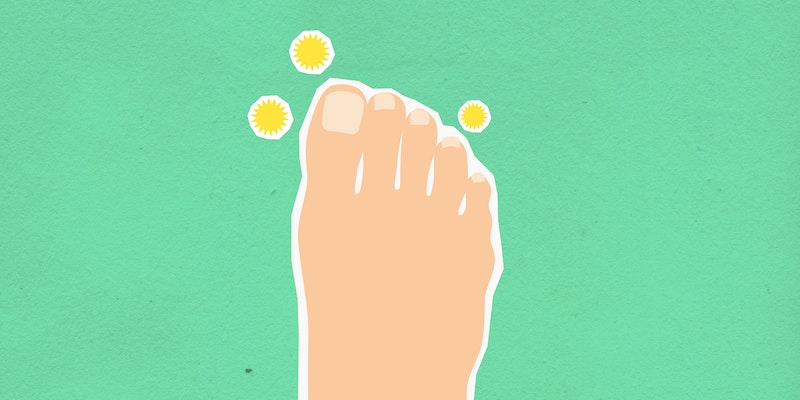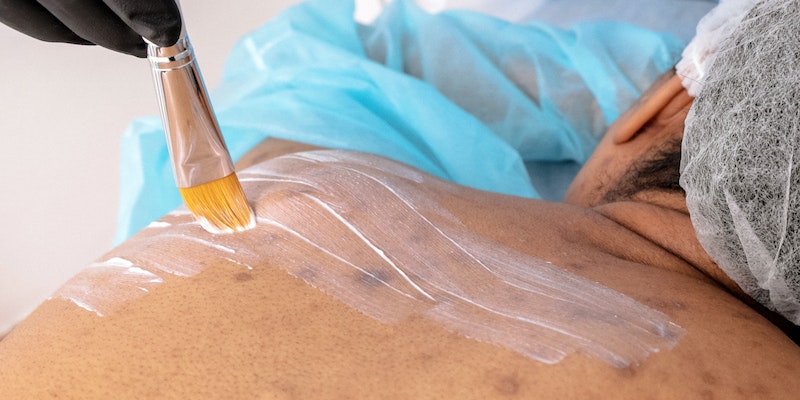Exploring the Causes of Vaginal Pain and Remedial Actions
Oct 01, 2023
Vaginal soreness can dismay women and leave them seeking relief. Vaginal discomfort can be acute or chronic and feel like a sharp, stabbing, dull soreness or burning. Some of the major causes of vaginal pain are discussed in this article.
1. Infections
Vaginal infections significantly cause vaginal pain, causing women great distress and concern. Most frequent are yeast infections, BV, and STIs including chlamydia and gonorrhea. These infections cause itching, burning, and vaginal soreness after intercourse, exacerbating the condition.
Yeast Infections
Yeast infections, predominantly caused by the fungus Candida, are characterized by itching, redness, swelling, and a thick, white discharge. The imbalance of bacteria and yeast in the vagina leads to an overgrowth of yeast, causing inflammation and uncomfortable symptoms.
Bacterial Vaginosis
An imbalance of beneficial and harmful vaginal bacteria causes bacterial vaginosis. The symptoms include a fishy odor, itching, burning, and greyish-white discharge.
STIs
Chlamydia and gonorrhea are sexually transmitted microorganisms. The symptoms might include abnormal discharge, burning sensation during urination, and, notably, vaginal pain after sex.
Solution
Immediate action is essential to address these infections. Correct diagnosis and treatment lessen symptoms and prevent issues. Over-the-counter antifungals address yeast infections, whereas antibiotics treat bacterial vaginosis and STIs. Prevention goes beyond medicine to include hygiene, checkups, and safe sex.
2. Vaginitis
Another major cause of vaginal pain is vaginitis. Hormonal fluctuations, allergens, and infections can cause discharge, itching, and soreness. The pain experienced during vaginitis is often accompanied by a burning sensation, intensifying during intercourse or urination.
Causes and Symptoms
The myriad causes contribute to the inflammation, such as reduced estrogen levels, chemical irritants found in detergents or sprays, and bacterial or yeast infections. The ensuing discomfort, abnormal discharge, and burning sensation make daily activities and sexual encounters particularly distressing.
Solution
Managing vaginitis involves avoiding irritants, maintaining impeccable hygiene, and employing lubricants during intercourse to alleviate symptoms. Depending on the underlying cause, healthcare providers might recommend antifungal medications, antibiotics, or hormone therapy. Identifying and eliminating the source of irritation can significantly improve the condition.
3. Vulvodynia
Vulvodynia, a chronic and often debilitating pain condition, affects the vulva, the external part of the female genitals. This condition manifests as a burning or stinging sensation, often exacerbated by touch or pressure, leading to severe vaginal pain, particularly during intercourse.
Diagnosis and Impact
Diagnosing vulvodynia can be challenging due to the lack of visible abnormalities. The persistent pain and discomfort significantly impact a woman’s quality of life, affecting intimate relationships, mental health, and daily activities.
Solution
Personalized vulvodynia treatment includes anticonvulsants, antidepressants, biofeedback, and pelvic floor exercises. See a healthcare practitioner to personalize a treatment plan to the individual's needs and symptoms. Managing vulvodynia requires lifestyle changes, stress management, and supportive therapy.
4. Endometriosis
Endometriosis causes persistent pain and discomfort by growing tissue like the uterine lining outside the uterus. In severe circumstances, this invasive disorder can cause painful periods, sex agony, and fertility difficulties.
Pathophysiology and Symptoms
The displaced endometrial tissue continues to act as it normally would during menstrual cycles, thickening, breaking down, and bleeding.
Solution
Endometriosis discomfort can be managed with hormone therapy, pain medicines, and surgery, but there is no cure. Consult a doctor for treatment based on symptoms, severity, and needs. Lifestyle changes, complementary therapies, and support groups can help manage endometriosis.
5. Menopause Vaginal Pain

Menopause, signaling the cessation of a woman’s menstrual cycles, often around the age of 51, brings about many changes in the body due to shifts in hormonal levels. One such change is the ensuing vaginal dryness and atrophy, leading to significant vaginal pain and discomfort, particularly during sexual intercourse. This phase of life can be particularly challenging as menopause vaginal pain becomes a common and distressing concern for numerous women.
Menopause Vaginal Pain
Decreased estrogen levels cause vaginal thinning, loss of suppleness, and decreased lubrication, leading to uncomfortable sensations. These physiological changes can significantly affect female quality of life, personal relationships, and well-being.
Solution
Addressing menopausal vaginal pain necessitates a multifaceted approach. Hormone Replacement Therapy (HRT) is a viable option, as it helps replenish the declining estrogen levels, alleviating symptoms. Regularly utilizing vaginal moisturizers and water-based lubricants can mitigate dryness and ease discomfort during intercourse. Maintaining vaginal health, blood circulation, muscular tone, and elasticity requires pelvic floor workouts. A deliberate conversation with a doctor can help customize a treatment plan to your needs, preferences, and medical history.
6. Uterine Fibroids
During reproductive years, uterine fibroids, benign, noncancerous growths from the muscle wall, develop. Although these growths are usually harmless, they can cause various symptoms, including heavy menstrual bleeding, pelvic pressure, frequent urination, and intercourse pain.
Understanding the Impact
Fibroids can significantly impact a woman’s daily life, causing discomfort, anemia due to heavy bleeding, and complications during pregnancy and labor. Symptom severity depends on fibroids' size, quantity, and placement inside or outside the uterus.
Solution
Consider symptoms, size, location, and future pregnancy goals to manage uterine fibroids. Medications aiming to regulate hormones can help manage symptoms, while surgical procedures, such as myomectomy or hysterectomy, can be explored to remove fibroids. Utilizing a combination of lifestyle changes, medical treatment, and surgical intervention, when necessary, ensures a comprehensive approach to managing fibroids. Regular follow-ups and monitoring are essential to track fibroid growth and response to treatment.
7. Interstitial Cystitis
Chronic interstitial cystitis, or painful bladder syndrome, causes bladder and pelvic pain. This ailment mostly affects women and causes vaginal pain, frequent urination, and sexual discomfort. Interstitial cystitis can affect quality of life, mental health, and relationships due to bladder pressure, pain, and pee frequency.
Solution
Lifestyle changes in diet, bladder training, pelvic floor physical therapy, and medications for pain and inflammation are often necessary to manage interstitial cystitis. Surgery may be considered for recalcitrant instances. A holistic, multi-modal strategy customized to symptoms and therapy response is essential for controlling the illness. Symptom relief requires patient education, support, and therapy adherence.
8. Pelvic Inflammatory Disease (PID)

PID affects the ovaries, fallopian tubes, and uterus. Untreated STIs, notably chlamydia and gonorrhea, cause it. Untreated PID can cause chronic pelvic pain, fever, abnormal discharge, infertility, ectopic pregnancy, and persistent pelvic pain.
Recognizing and Addressing PID
Early detection and treatment of PID are essential to preventing infection and its consequences. Accurate diagnosis requires medical history, physical examination, and laboratory investigations.
Solution
PID treatment relies on antibiotics to fight the illness. Hospitalization and intravenous antibiotics may be needed for severe cases or abscesses. Patients with abscesses or tubo-ovarian abscesses may need surgery. Preventing PID requires regular STI screening, treatment, and safe sex. STI prevention education, regular gynecological checkups, and symptom awareness are essential for early detection and treatment.





